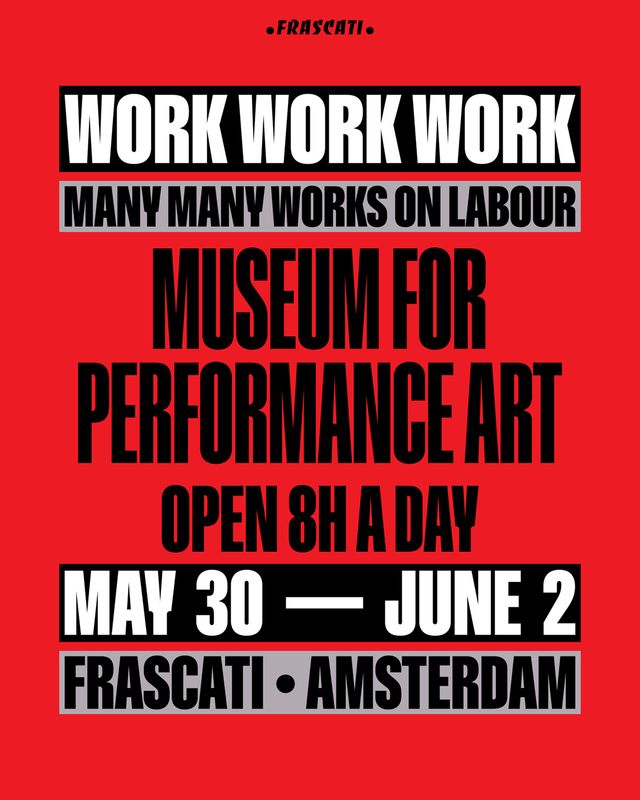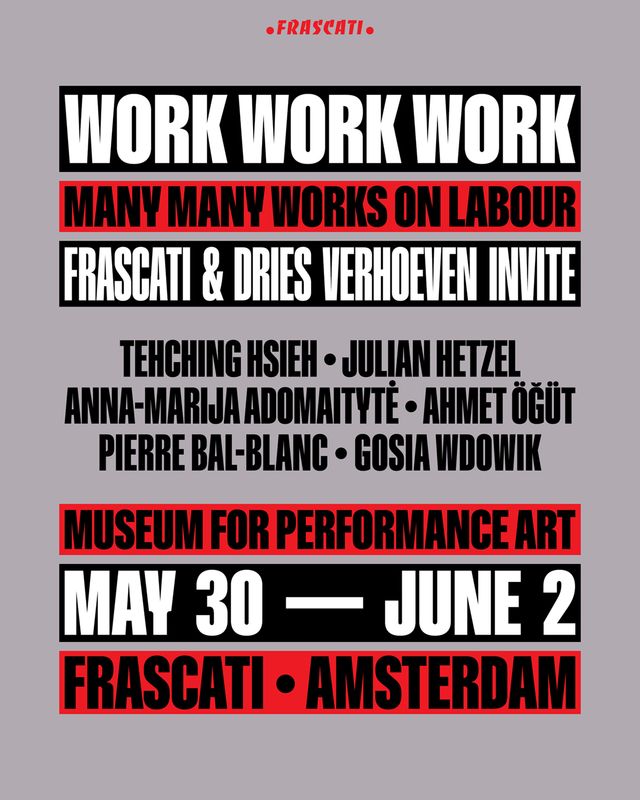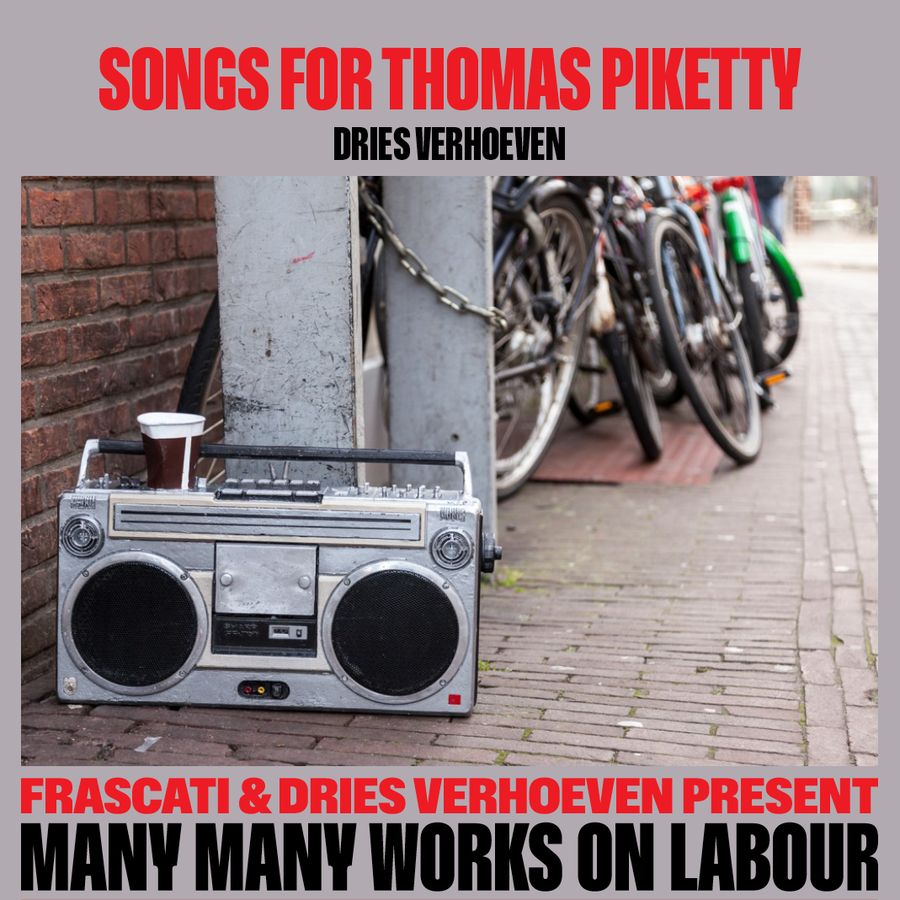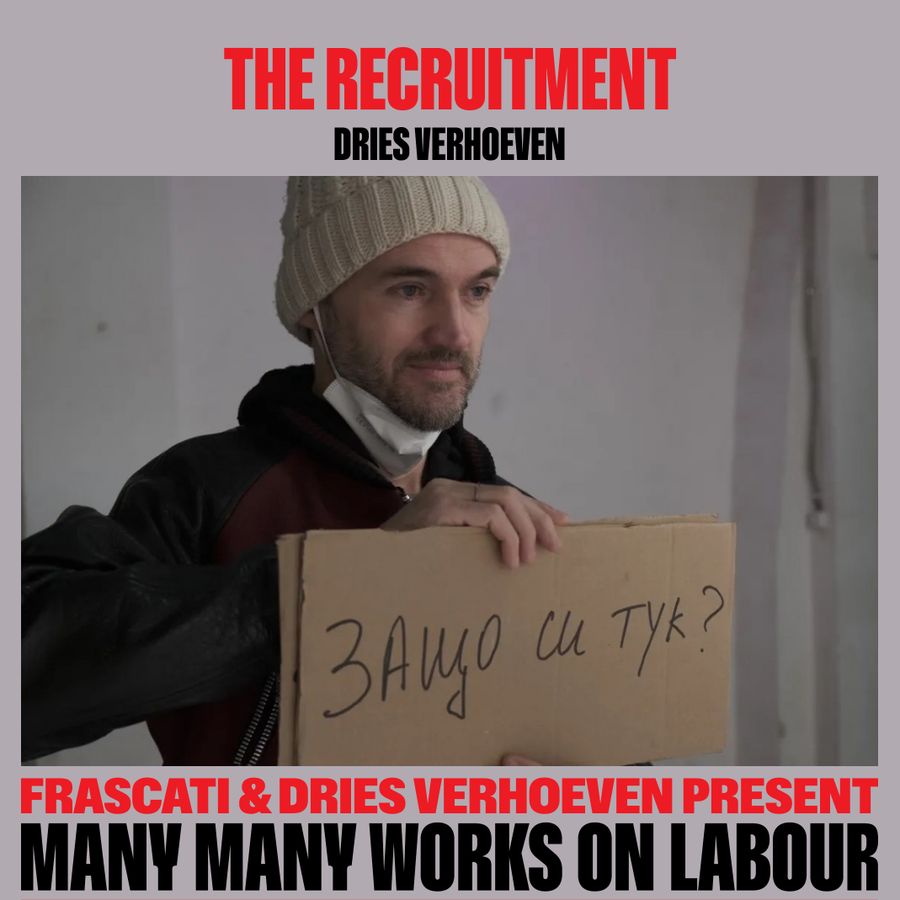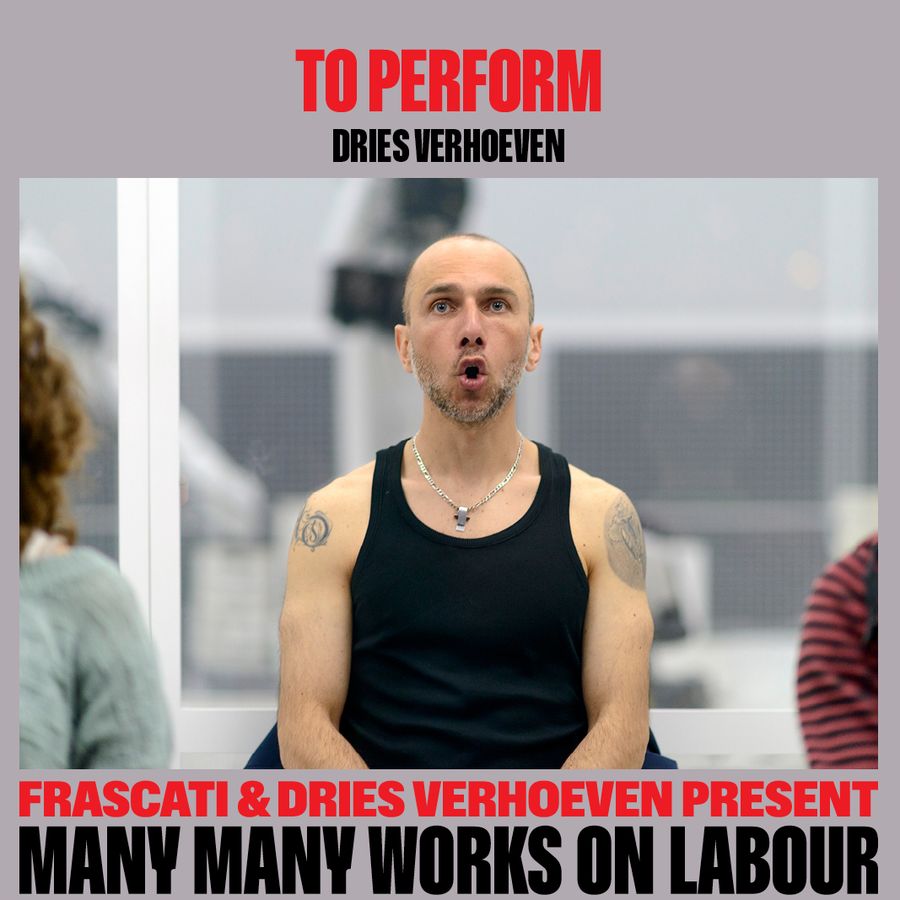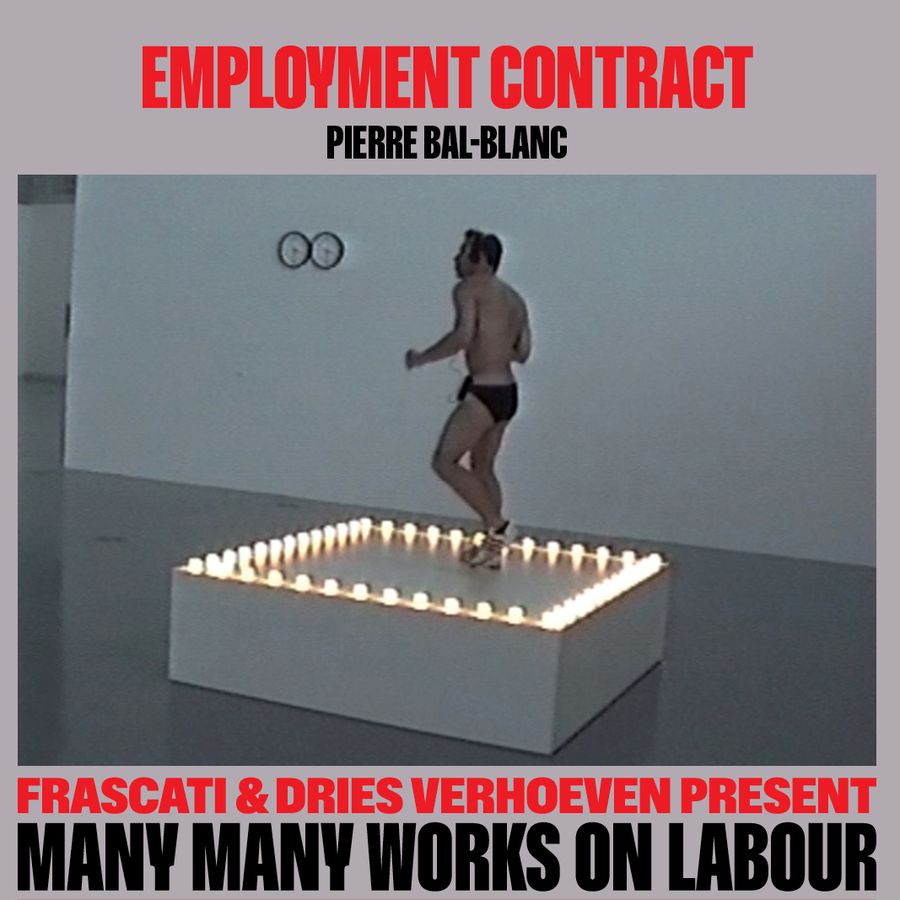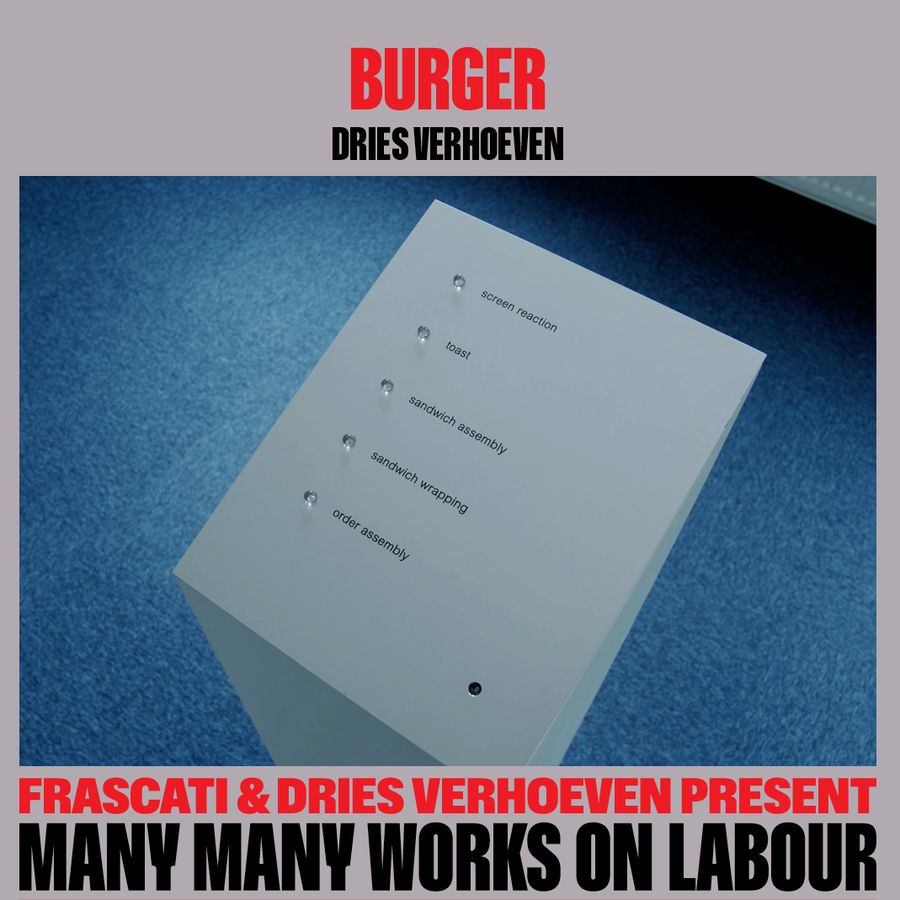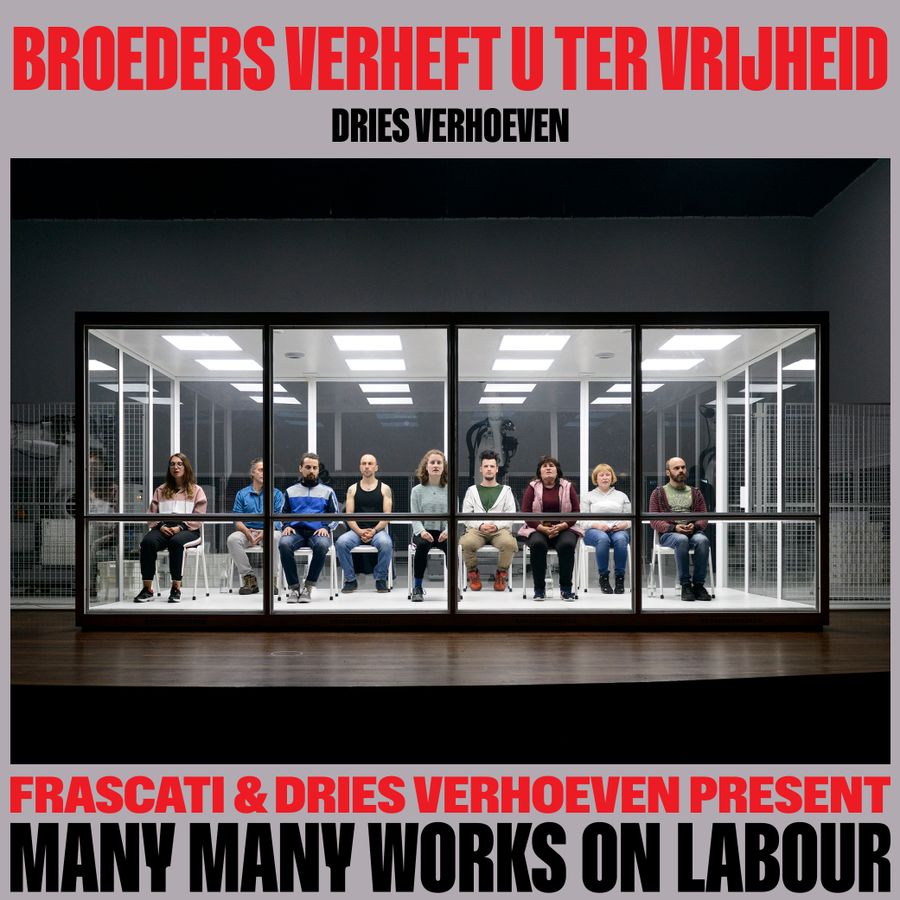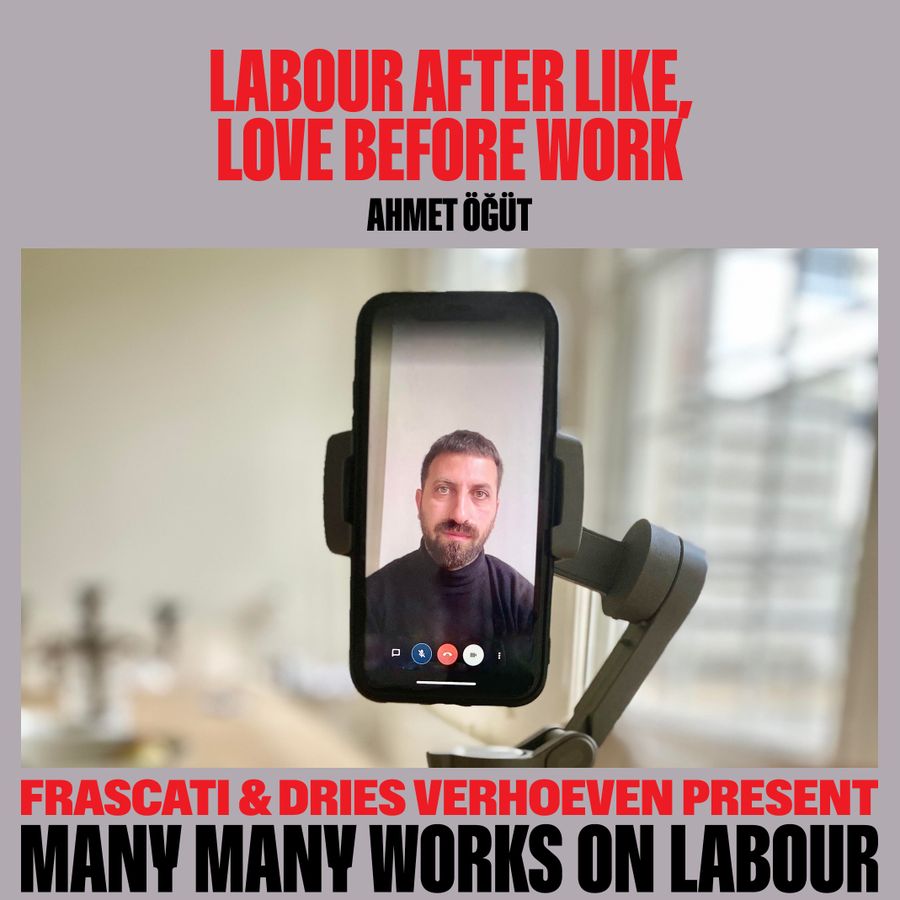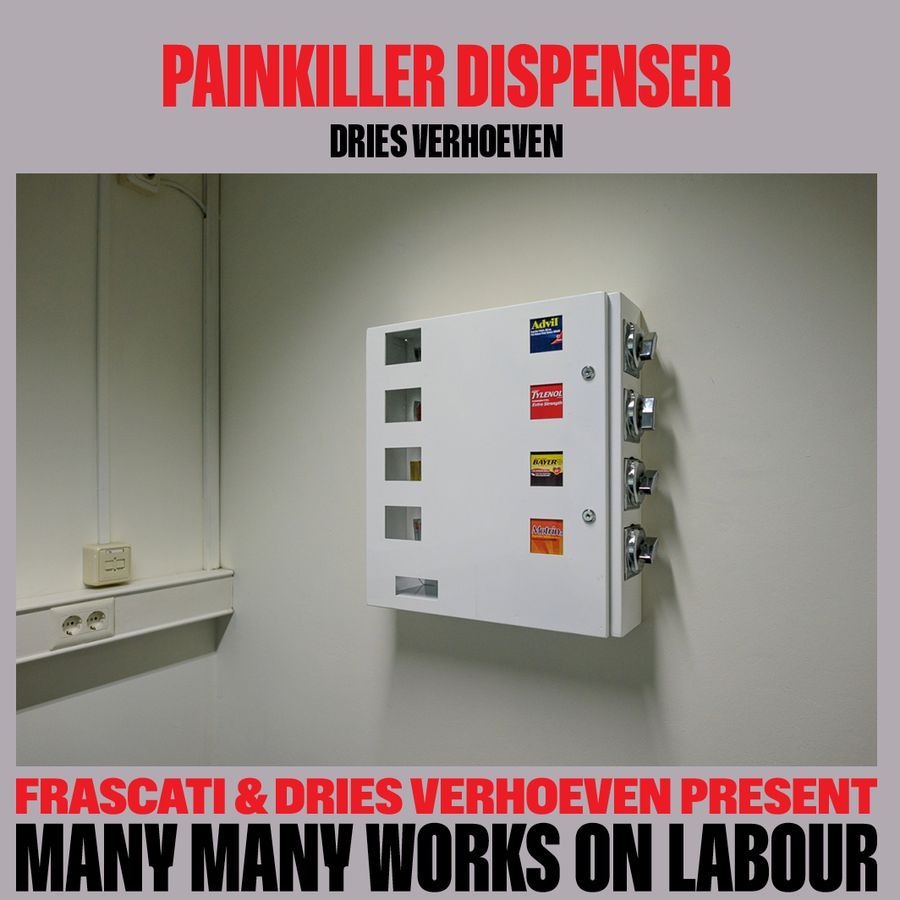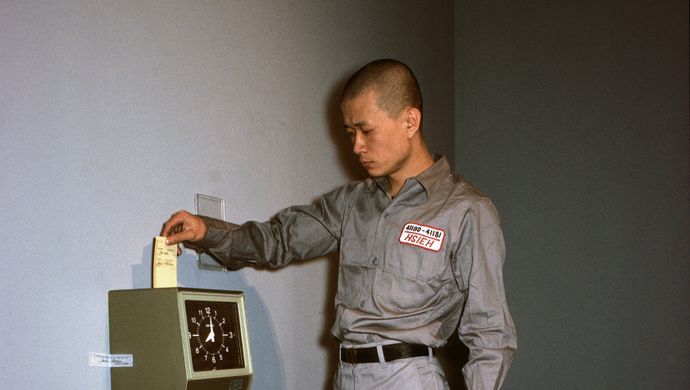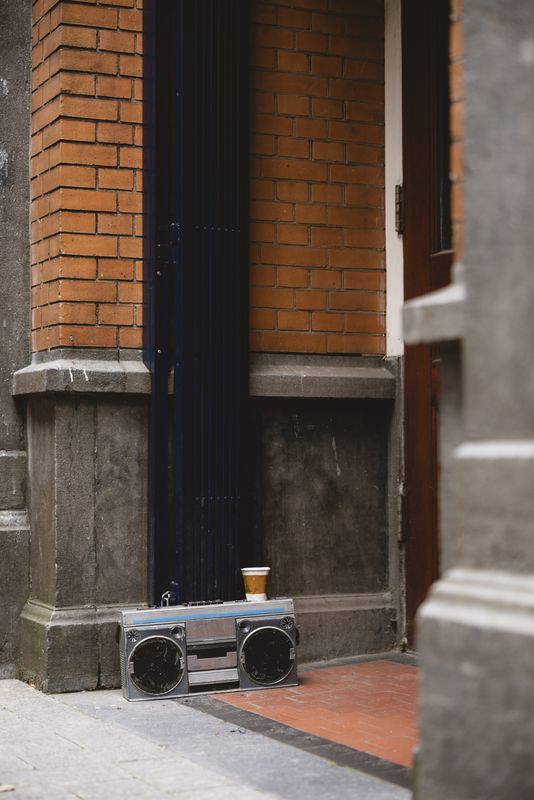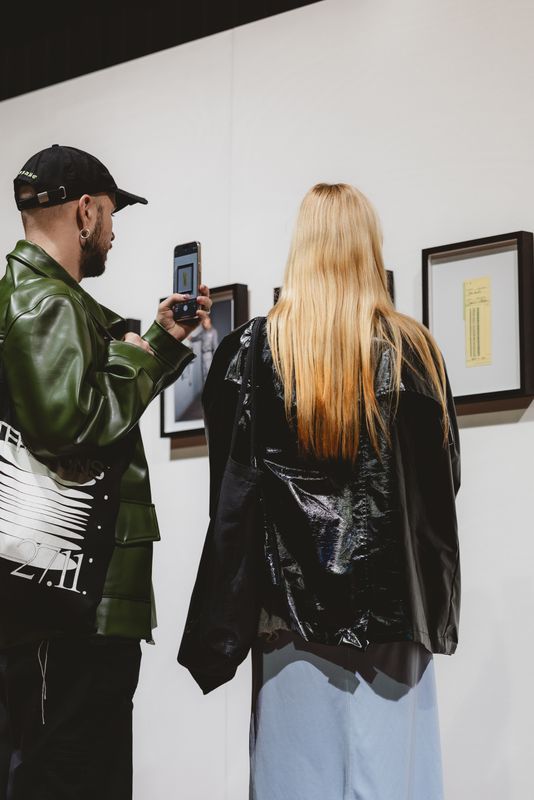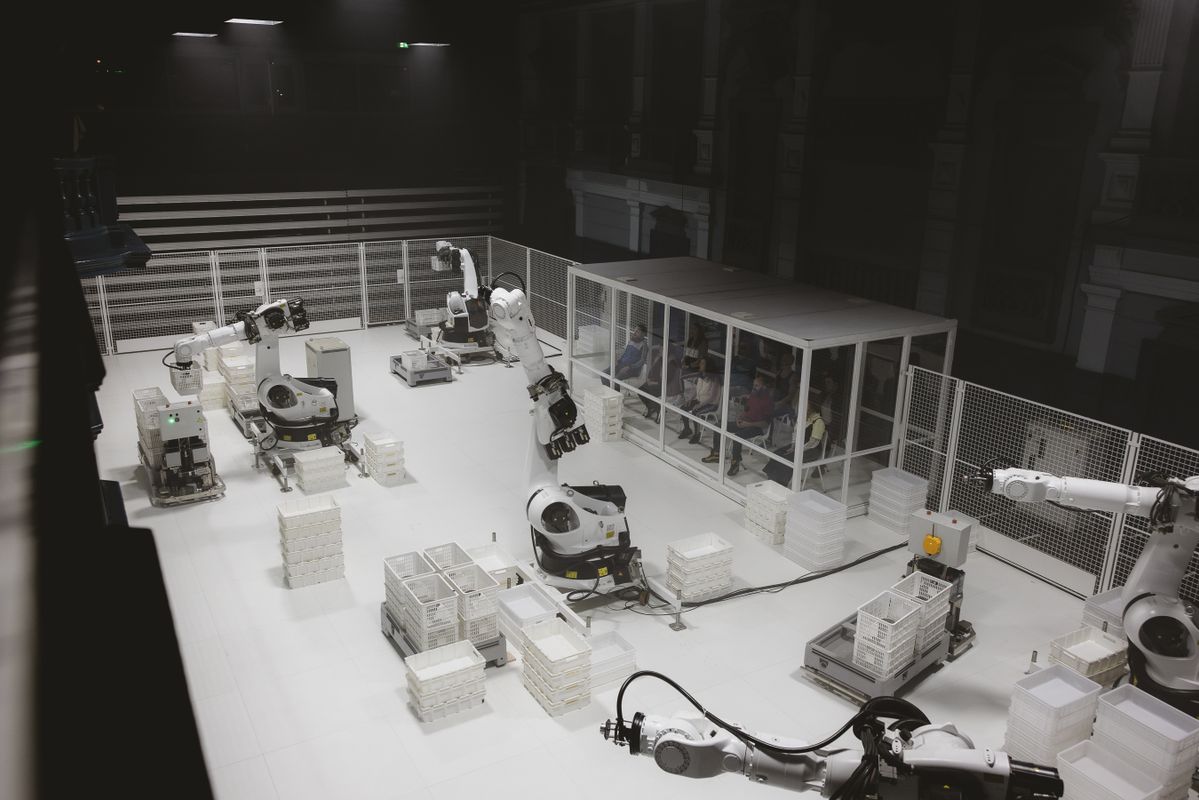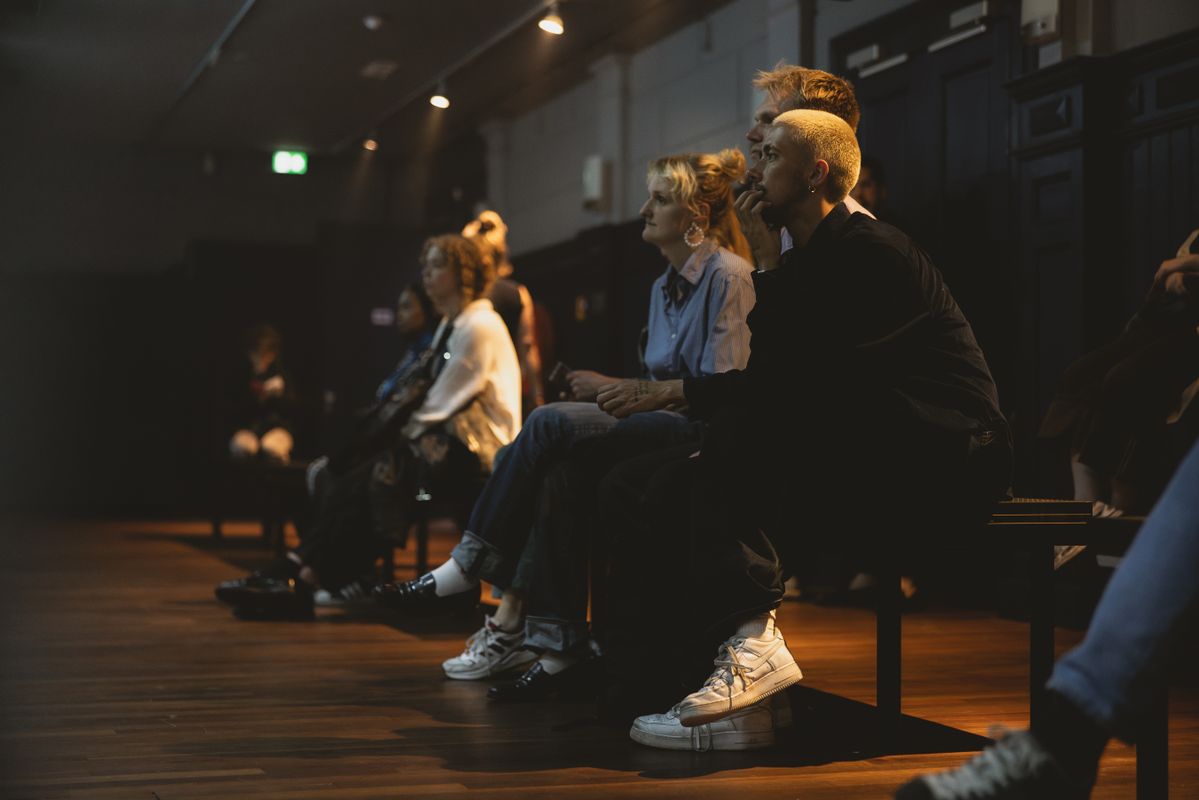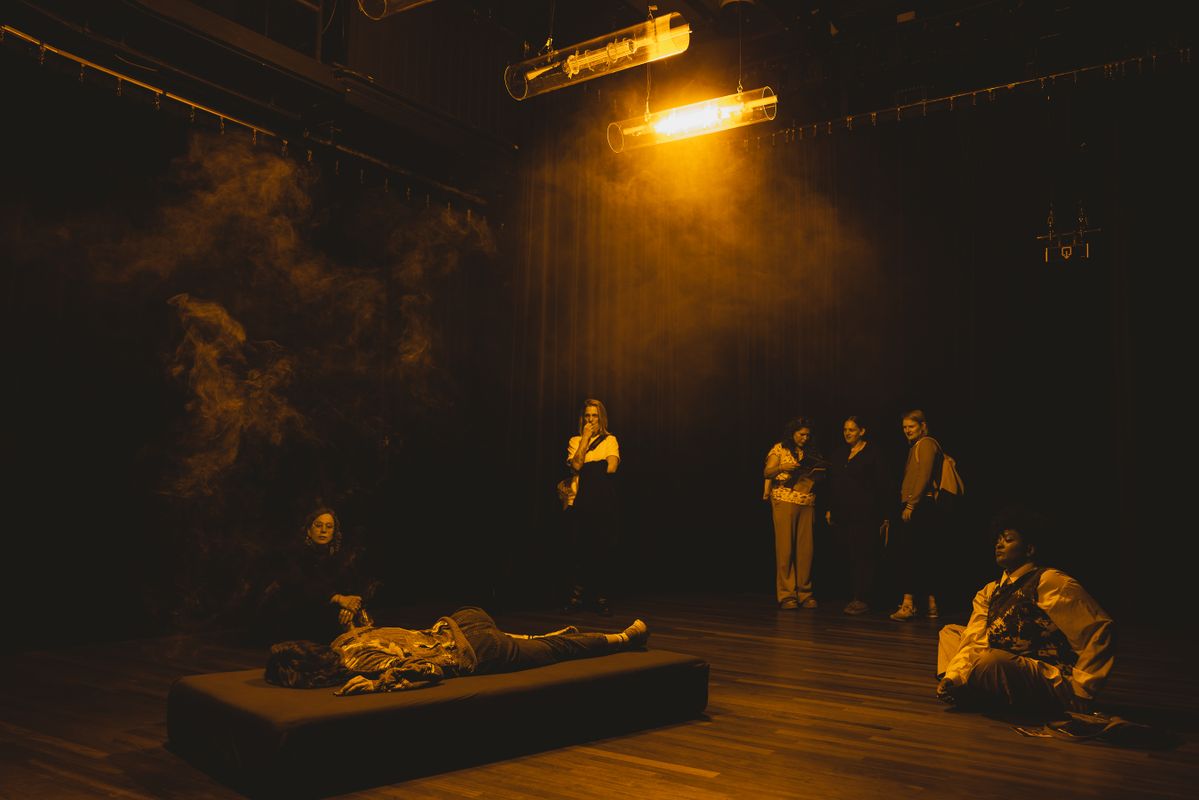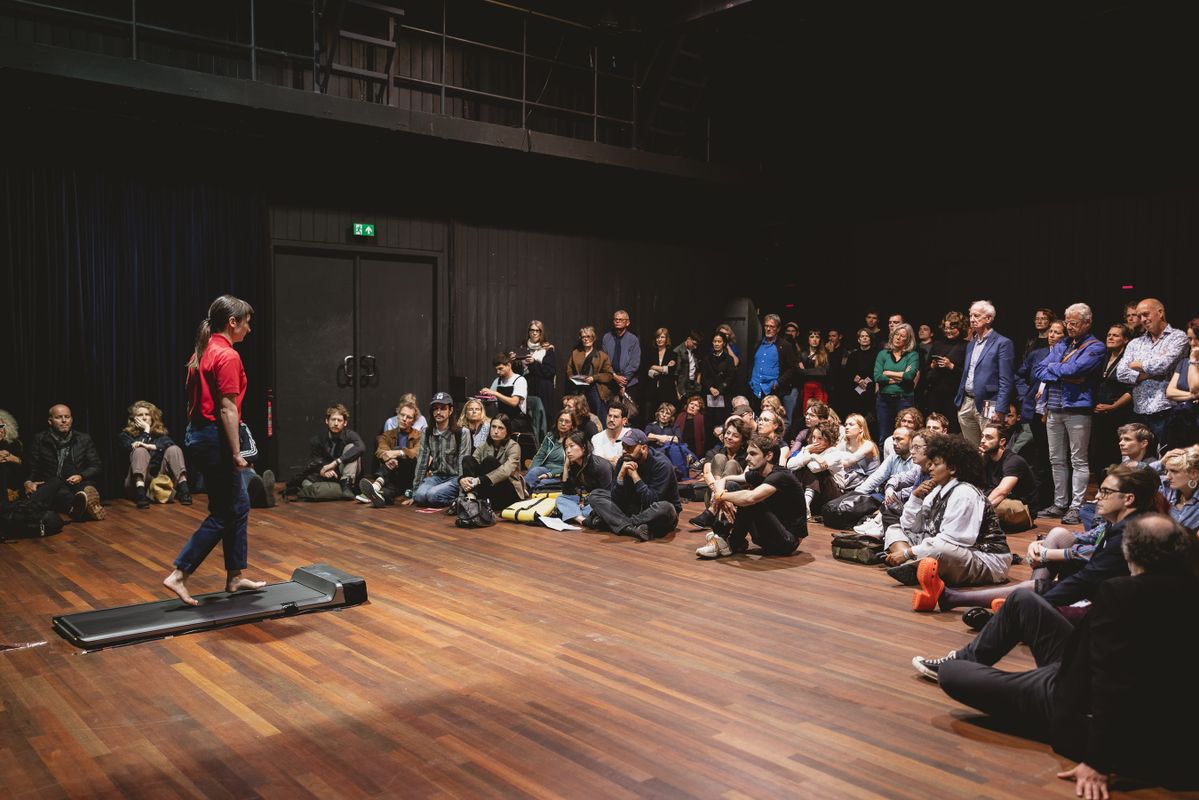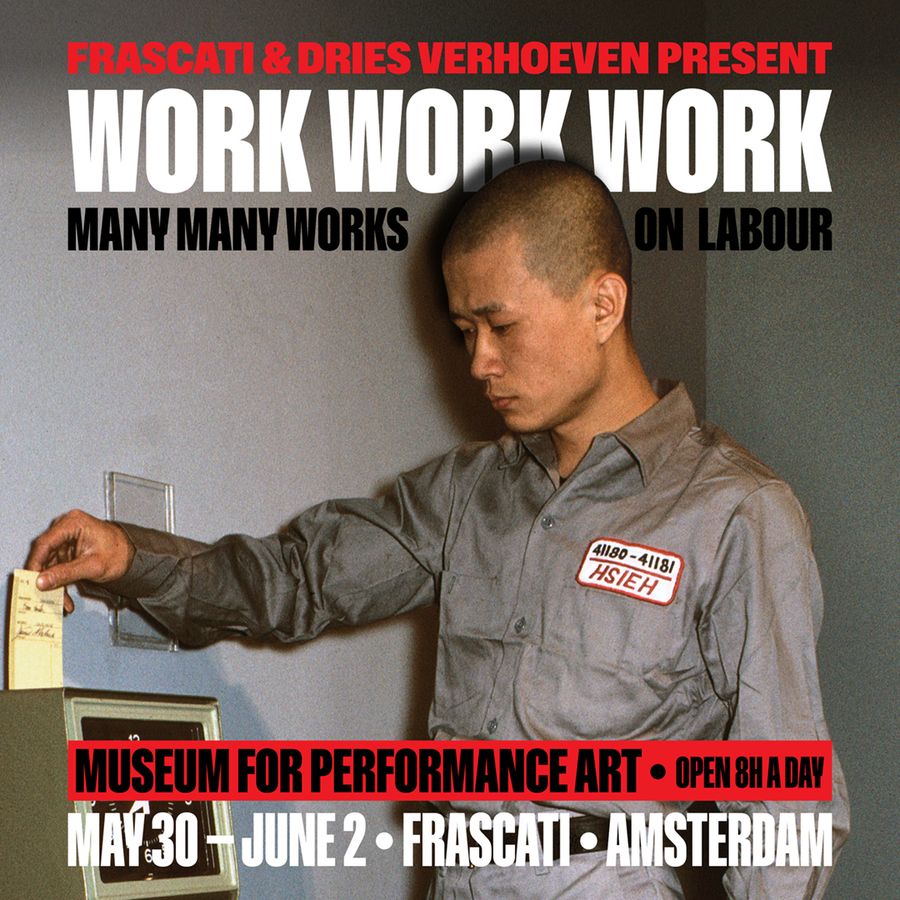
WORK WORK WORK
30 mei t/m 2 juni 2024
Frascati, Amsterdam
During WORK WORK WORK, Frascati is opening its doors for four days as a museum of performance art. Each day, the building will be open for eight hours: a working day. Dries Verhoeven is co-curating the programme that features work by himself and others and consists of a large number of performances, visual art and video works dealing with the relationship between employer, employee and (art) consumer. Together, the participating artists probe the politics of the working body – today and into the future.
Participating artists are: Julian Hetzel, Gosia Wdowik, Tehching Hsieh, Pierre Bal-Blanc, Ahmet Öğüt, Anna-Marija Adomaitytė, and Dries Verhoeven. Scroll down for more information about the exhibited works.
Click the images below for more info about the participating artists and their works.
Practical info
Opening hours
Thu May 30th 16:00 - 00:00
Fri May 31st 16:00 - 00:00
Sat June 1st 14:00 - 22:00
Sun June 2nd 12:00 - 20:00
Note: last entry up to max one hour before closing time.
Your visit
- You can enter with your ticket within 30 minutes after the start of your timeslot. You are free to stay as long as you like, or come and go throughout the day.
- We recommend visiting the museum for at least two hours to see all works and performances.
- We invite you to pay what you can afford for your visit.
Duration
8 hours continuous
Ticket price
€10 - €40, pay what you can
Agenda
-
-
Thu 30 May ’2416:00Past event Entry 16:00 - 16:30 16:30Past event Entry 16:30 - 17:00 17:00Past event Entry 17:00 - 17:30 17:30Past event Entry 17:30 - 18:00 18:00Past event Entry 18:00 - 18:30 18:30Past event Entry 18:30 - 19:00 19:00Past event Entry 19:00 - 19:30 19:30Past event Entry 19:30 - 20:00 20:00Past event Entry 20:00 - 20:30 20:30Past event Entry 20:30 - 21:00 21:00Past event Entry 21:00 - 21:30 21:30Past event Entry 21:30 - 22:00 22:00Past event Entry 22:00 - 22:30 22:30Past event Entry 22:30 - 23:00
-
Fri 31 May ’2416:00Past event Entry 16:00 - 16:30 16:30Past event Entry 16:30 - 17:00 17:00Past event Entry 17:00 - 17:30 17:30Past event Entry 17:30 - 18:00 18:00Past event Entry 18:00 - 18:30 18:30Past event Entry 18:30 - 19:00 19:00Past event Entry 19:00 - 19:30 19:30Past event Entry 19:30 - 20:00 20:00Past event Entry 20:00 - 20:30 20:30Past event Entry 20:30 - 21:00 21:00Past event Entry 21:00 - 21:30 21:30Past event Entry 21:30 - 22:00 22:00Past event Entry 22:00 -22:30 22:30Past event Entry 22:30 -23:00
-
Sat 1 Jun ’2414:00Past event Entree 14:00 - 14:30 14:30Past event Entry 14:30 - 15:00 15:00Past event Entry 15:00 - 15:30 15:30Past event Entry 15:30 -16:00 16:00Past event Entry 16:00 - 16:30 16:30Past event Entry: 16:30 - 17:00 17:00Past event Entree 17:00-17:30 17:30Past event Entry 17:30 -18:00 18:00Past event Entry 18:00 - 18:30 18:30Past event Entry 18:30 - 19:00 19:00Past event Entry 19:00 - 19:30 19:30Past event Entry 19:30 - 20:00 20:00Past event Entry 20:00 - 20:30 20:30Past event Entry 20:30 - 21:00
-
Sun 2 Jun ’2412:00Past event Entry 12:00 - 12:30 12:30Past event Entry 12:30 - 13:00 13:00Past event Entry 13:00 - 13:30 13:30Past event Entry 13:30 - 14:00 14:00Past event Entry 14:00 - 14:30 14:30Past event Entry 14:30 - 15:00 15:00Past event Entry 15:00 - 15:30 15:30Past event Entry 15:30 - 16:00 16:00Past event Entry 16:00 - 16:30 16:30Past event Entry 16:30 - 17:00 17:00Past event Entry 17:00-17:30 17:30Past event Entry 17:30 -18:00 18:00Past event Entry 18:00 - 18:30 18:30Past event Entry 18:30 - 19:00
-



